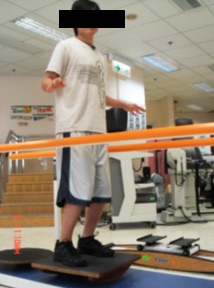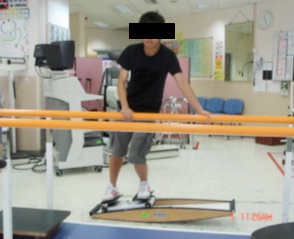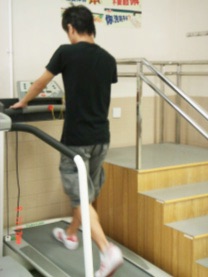Introduction
Anatomy
Cause
Symptoms
Diagnosis
Non-surgical treatment
Surgical treatment
Rehabilitation
Prevention
Introduction
Ankle sprain refers to the injury of one or more ligaments in the ankle area. The level of injury in an ankle sprain varies according to how many ligaments are torn and if they are partially or totally torn.
Anatomy
An ankle sprain is an injury to one or more ligaments in the ankle, usually on the outside of the ankle. Ligaments are bands of tissue (like rubber bands) that connect one bone to another and bind the joints together. In the ankle joint, ligaments provide stability by limiting side-to-side movement.
Cause
Common causes of ankle sprains include falling, sudden change of ankle movement such as twisting, being hit by a hard object, etc. Wearing shoes that don't fit, walking on uneven surfaces or engaging in sports activities could also lead to sprains of the ankle ligaments.
Symptoms
1. Soreness or pain in the ankle
2. Swelling
3. Bruise
4. Difficulty to walk
5. Stiff joints
The severity of these symptoms is related to the seriousness of the injury. Some patients who have previously sprained their ankles may not have experienced any pain or swelling, but find their ankles unstable while walking.
Diagnosis
An orthopaedic surgeon would physically examine the injured ankle and make an X-ray, MRI or CT scan if necessary, to determine the severity of the injury.
Non-surgical treatment
Whether it is the first time or the fifth time you have sprained your ankle, immediate treatment is paramount even if there is no obvious swelling or pain.
First-aid treatment, known as "R.I.C.E.", should be administered immediately after the sprain:
R - Rest
I - Ice
C - Compression
E - Elevation
These steps can help reduce pain and internal bleeding/swelling and prevent re-injury.
It is important to follow up with an orthopaedic specialist for the following reasons:
1. Without proper treatment, the ankles will become chronically unstable and weak.
2. When the ankle is sprained, there may be other injuries sustained at the same time, such as bone fracture. If left untreated, this could lead to serious complications.
3. An ankle sprain may be a signal of other injuries or misalignment of the foot or leg.
4. Right after the injury, rehabilitation exercises should be performed to restore proper function. If this training is delayed, it could affect the future restoration of ankle functions.
5. The orthopaedic specialist may suggest the use of a stabilising device or a cast to stabilise the ankle. He or she may suggest the use of crutches while the foot is placed in cast. For less severe cases, exercises for restoring functions can be introduced one to three days after the injury.
6. Non-steroid anti-inflammatory medication may be taken to reduce inflammation and pain.
Surgical treatment
Surgery is only recommended if non-surgical treatments and rehabilitation fail to restore the proper functions of the ankle, or if the ankle is so unstable that it continues to experience sprains repeatedly.
An orthopaedic surgeon would examine the ankle joint using arthroscopy, and subsequently fix any damages, suspending parts or bone spurs. The incision point is tiny and the subsequent scar would be small. Usually the patient needs to stay in the hospital for a day or two after surgery.
If the tendon is completely torn, a tendon transfer surgery is required. Tendon or other soft tissues from another part of the foot may be “borrowed” to repair the torn tendon.
Rehabilitation
There are three stages of rehabilitation for ankle sprains:
1. Rest, stabilisation and reduction of swelling.
2. Restoration of the ankle’s normal range of motion, strength and flexibility through functional exercises. These exercises help the healing of soft tissues, restoring their normal functions and improve the sensitivity and reflexes of the ankle joint.
3. Restoration of functions happens in stages. In the beginning, avoid turning and twisting movements at the ankle. Non-weight-bearing and passive movements of the joint, such as foot and ankle activities under water, are recommended. Stamina and proprioception training of the legs will then help to restore the reflexes, stability and flexibility of the ankle. The frequency and intensity of such trainings can be gradually increased until the ankle functions are completely restored.
If the patient has undergone a surgery, post-surgery training and rehabilitation are equally important. Recovery time is dependent on the severity of the injury and can take anywhere from a few weeks to a few months.



Prevention
1. The best way to prevent ankle sprains is to keep the muscles in the legs supple and well-toned, which contributes to joint stability.
2. Warm up and stretch before engaging in any sports activities.
3. Pay attention to the terrain of the ground you are walking, running or working on.
4. Wear suitable and comfortable shoes.
5. Pay attention to your body’s condition. Take a break when you are not feeling well or if you are fatigued.
Dr. POON, Kai-chung